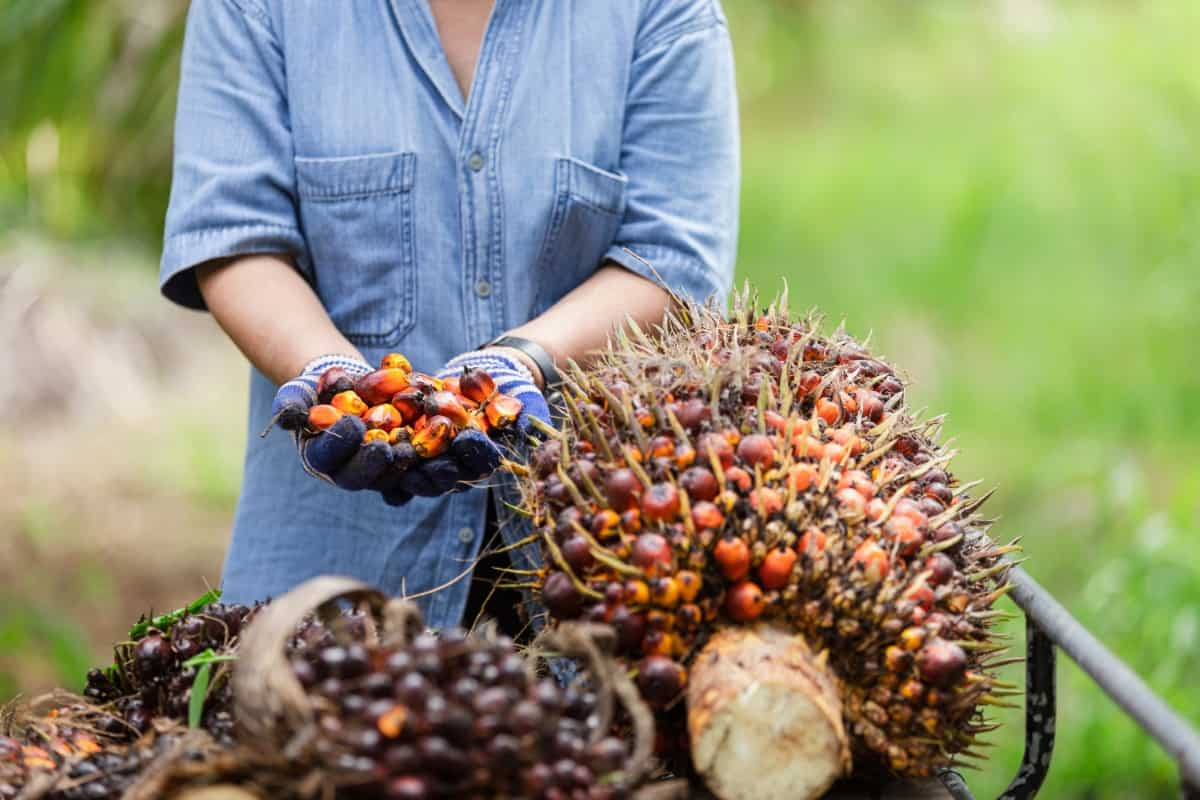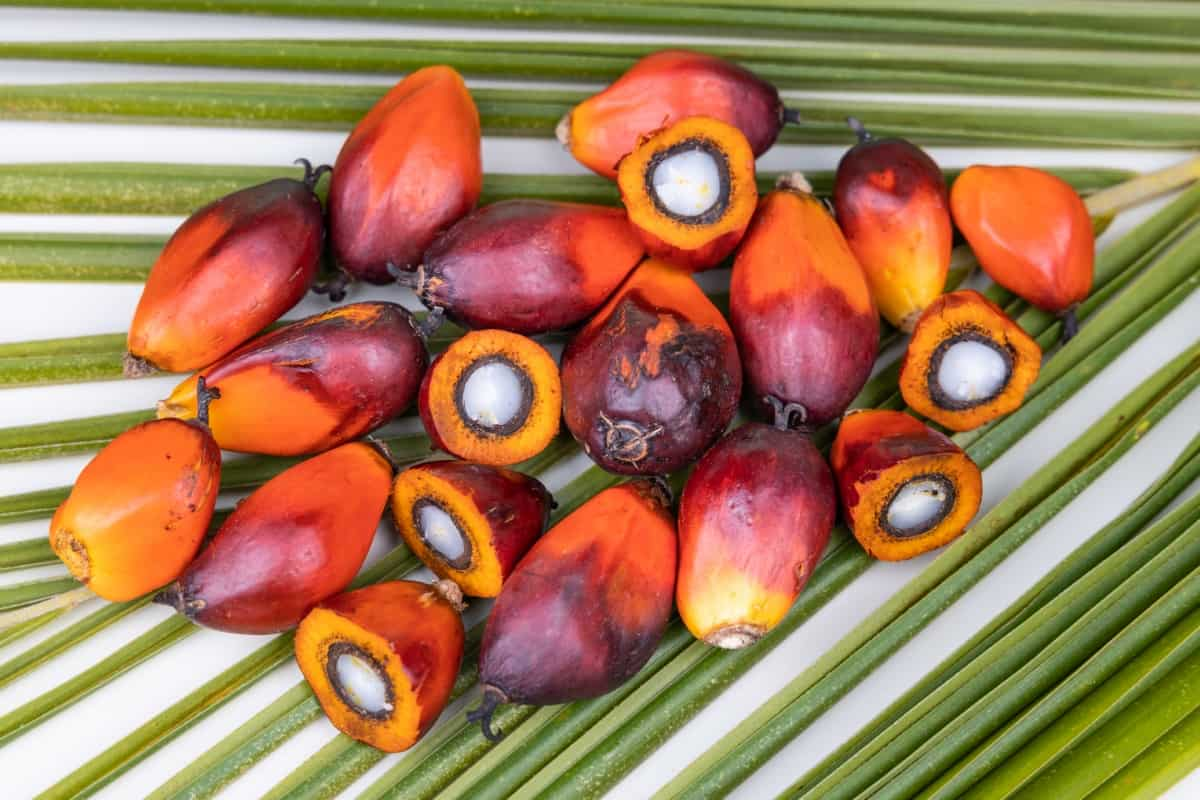Oil palm cultivation, a critical component in the global agricultural sector, presents unique opportunities and challenges for first-time farmers. This article explores proven techniques to boost oil palm yields, encompassing everything from soil management and precision agriculture to sustainable practices and genetic improvements.

How to Boost Oil Palm Yields
Understanding the Importance of Soil Management in Oil Palm Plantations
In oil palm cultivation, the foundation of a successful plantation lies in the soil. Suitable soil for oil palm plantation is crucial for optimal growth and yield. It’s important to conduct a thorough land preparation for oil palm plantation, which includes proper soil testing to understand nutrient requirements and soil health. This step is vital for first-time farmers following a palm oil planting guide.
Good soil management involves maintaining the right pH balance, ensuring adequate organic matter, and avoiding soil compaction. This will lead to healthier trees and potentially increase palm oil plantation profit per hectare. Regular soil assessments help in tailoring soil amendments and treatments, ensuring that the production technology of oil palm is effectively utilized.
Implementing Precision Agriculture Techniques for Oil Palm Cultivation
Precision agriculture is revolutionizing the way we approach oil palm management practices. This technique involves using GPS mapping, drones, and other technology to gather detailed information about the plantation. Regularly overseeing and controlling the farm’s influence on the nearby ecosystem is crucial.
By employing precision agriculture, farmers can optimize resources and boost yields. It’s especially helpful in determining the planting date of oil palm, which is crucial for synchronizing the growth stages of the plants. Precision agriculture also aids in identifying areas within a plantation that need more attention, thereby improving the overall efficiency of the farm.
Maximizing Fertilizer Efficiency in Oil Palm Plantations
Fertilizer plays a pivotal role in the growth of oil palm trees. However, using it efficiently is key to both economic and environmental sustainability. To maximize fertilizer efficiency, it’s essential to understand the specific nutrient needs of your plantation. This involves soil testing and following recommended application rates.
Splitting fertilizer applications throughout the growing season can also help in better nutrient absorption and reduce wastage. Organic fertilizers, like compost or manure, can improve soil health and fertility, complementing chemical fertilizers. This approach not only boosts yield but also aligns with the sustainable production technology of oil palm.
Optimizing Water Management Strategies for Oil Palm Yields
Water management is critical in oil palm cultivation. An optimal water management strategy involves understanding the water needs of oil palm trees at different growth stages and adjusting irrigation accordingly. Techniques like drip irrigation or sprinkler systems can be more efficient than traditional methods, ensuring water is delivered directly to the roots.
In case you missed it: 1 Acre Oil Palms Cultivation Project Report in India: Production Cost and Profit

This is crucial in areas with limited water resources. Additionally, maintaining proper drainage to prevent waterlogging is vital for the health of the plantation. Efficient water management is not only essential for the health of the plants but also for achieving higher palm oil plantation profit per hectare.
Integrating Integrated Pest Management (IPM) in Oil Palm Farms
Integrated Pest Management (IPM) involves using biological, cultural, and chemical methods to control pest populations. Regular monitoring of pest and disease incidence is key to IPM. Biological controls, such as introducing natural predators of common pests, can be an effective and eco-friendly method.
Chemical pesticides should be used as a last resort and applied judiciously to minimize environmental impact. IPM not only helps in maintaining the health of the plantation but also addresses some of the challenges facing the oil palm industry, particularly in terms of sustainable practices.
Leveraging Technology for Monitoring and Managing Oil Palm Health
Technology plays an increasingly important role in monitoring and managing the health of oil palm plantations. Tools like satellite imagery, drones, and sensors can provide farmers with real-time data about their crops. This technology helps detect issues like nutrient deficiencies, water stress, or disease outbreaks early on. By leveraging such technology, farmers can take prompt action to mitigate problems, thereby improving the overall health and yield of their plantation. This approach is in line with modern production technology of oil palm, which emphasizes efficiency and sustainability.
Enhancing Pollination Techniques for Increased Oil Palm Fruit Set
Pollination is a critical factor in determining the fruit set and, ultimately, oil palm yield. Enhancing pollination techniques can lead to a significant increase in production. One method is encouraging natural pollinators by planting flowers nearby or keeping beehives on the plantation.
In case you missed it: How to Prevent Pomegranate Fruit Rot Naturally: How to Control with Natural and Organic Treatment

Artificial pollination, though labor-intensive, can also be effective, especially in areas where natural pollinators are scarce. Understanding the flowering patterns and ensuring that male and female flowers are synchronously open can improve pollination success. This aspect of oil palm management practices is often overlooked but can significantly impact the plantation’s profitability and productivity.
Utilizing Pruning and Canopy Management for Improved Oil Palm Productivity
Pruning and canopy management are essential in oil palm plantations for maintaining tree health and maximizing light penetration, which is crucial for photosynthesis. Regular pruning removes dead or diseased fronds, allowing the trees to focus their energy on producing fruits. Proper canopy management ensures that each tree receives adequate sunlight and air circulation, reducing the risk of fungal diseases. These practices are integral to oil palm management, contributing to higher yields and better plantation productivity.
Adopting Sustainable Agricultural Practices in Oil Palm Cultivation
Sustainable agricultural practices are becoming increasingly important in oil palm cultivation, addressing many challenges facing the oil palm industry, including environmental concerns and social responsibility. This includes implementing eco-friendly practices like reduced pesticide use, maintaining biodiversity, and conserving natural resources.
Sustainable practices also involve ensuring fair labor conditions and contributing to the socio-economic development of local communities. By adopting these practices, farmers not only enhance the sustainability of their plantations but also improve the reputation and long-term viability of the oil palm industry.
Exploring Genetic Improvement and Breeding Programs for High-Yielding Oil Palm Varieties
Genetic improvement and breeding programs play a significant role in developing high-yielding oil palm varieties. These programs concentrate on developing strains that are more efficient, resilient against illnesses and pests, and capable of thriving in diverse environmental settings. Farmers can cultivate superior varieties that yield more oil per hectare by investing in these programs, thereby increasing their profitability. Moreover, these improved varieties can be more sustainable, requiring fewer inputs like water and fertilizers, aligning with modern agricultural practices.
In case you missed it: How to Prevent Papaya Fruit Rot Naturally: How to Control with Natural and Organic Treatment

Conclusion
Boosting oil palm yields for first-time farmers involves a multifaceted approach, combining soil management, precision agriculture, efficient use of resources, integrated pest management, technological advancements, pollination enhancement, canopy management, sustainable practices, and genetic improvements.
These techniques increase productivity and profitability and ensure the sustainability of oil palm cultivation, addressing environmental and social concerns. By adopting these practices, farmers can contribute significantly to the thriving and responsible growth of the oil palm industry.
- Feed Your Flock for Less: Top 10 Tips to Save on Chicken Feed
- Ultimate Guide to Ossabaw Island Hog: Breeding, Raising, Diet, and Care
- Hatching Answers: The Top 10 Reasons Your Chickens Aren’t Laying Eggs
- Eggs and Economics: Breaking Down the Cost of Raising Backyard Chickens
- Defend Your Greens: Proven Methods to Keep Iguanas Out of Your Garden
- Ultimate Guide to Cinnamon Queen Chicken: A Comprehensive Guide for Beginners
- Ultimate Guide to California Tan Chicken: Breeding, Raising, Diet, Egg-Production and Care
- Ultimate Guide to Marsh Daisy Chicken: Breeding, Raising, Diet, and Care
- 10 Types of Chicken Farming Businesses You Can Start for Profits